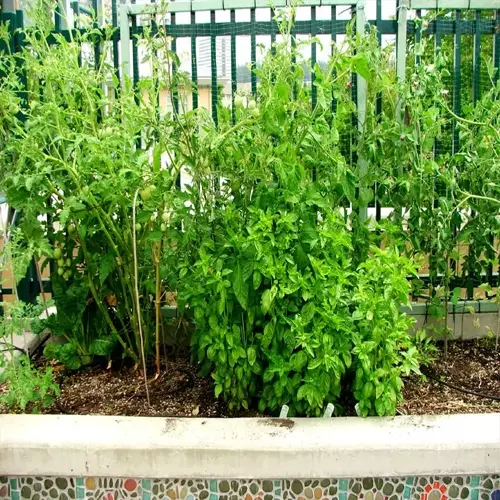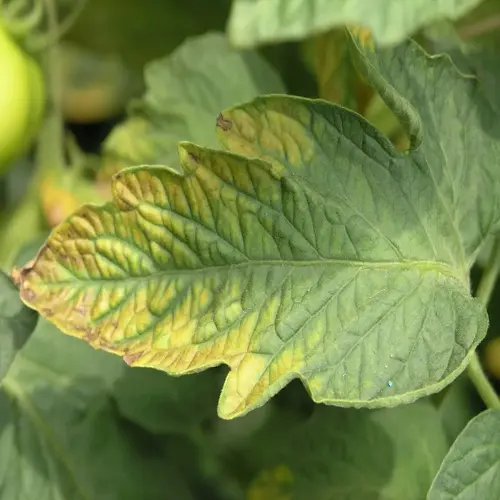Can I automate water conservation?

Written by
Paul Reynolds
Reviewed by
Prof. Samuel Fitzgerald, Ph.D.Smart automatic watering systems are changing the way you conserve water in gardening - no more guesswork! Weather-Based Controllers continuously adjust schedules based on current weather forecast data. Soil Moisture Sensors measure soil moisture and activate the watering system only when the soil is too dry. I installed those in my yard and reduced my water usage by 45%. Timers programmed into a drip irrigation system can apply the exact amount of water at the precise time with minimal chance of waste.
Weather-based controllers connect to local stations via Wi-Fi. (Not models that connect to the Internet). They withhold irrigation after it rains and reduce the irrigation run time when the humidity is high. My controller saved 12,000 gallons last season by skipping unnecessary cycles. These systems pay for themselves in a couple of growing seasons by reducing your water bill.
Essential Hardware
- Weather sensors that connect to irrigation controllers
- Soil probes measuring moisture at root level
- Wi-Fi enabled timers with zone programming
- Compatible valves for existing drip systems
Integration Steps
- Map irrigation zones based on plant water needs
- Calibrate soil sensors during initial setup
- Configure weather data sources in controller app
- Establish baseline schedules before automation
By measuring the extent to which root zone conditions are at play, soil moisture sensors can help you avoid overwatering. You will want to place probes at varying depths to ensure accurate readings. For my sensors, they avoided overwatered areas, saving 15 gallons each week. Soil moisture sensors bypass schedules when the soil moisture is at optimum levels, eliminating waste.
Integrate your systems for maximum efficiency. Interconnect your moisture sensors with your weather controllers via a smart hub. I have them integrated through a single app controlling all the zones. This layered approach takes into account microclimates in your yard. Automation ensures that moisture levels are optimal throughout heatwaves and storms.
Maintain systems with seasonal calibrations, test sensor accuracy monthly during periods of peak usage. Replace batteries in wireless units annually. I clean probe contacts each spring for dependable readings. Regularly update the controller software to enable new conservation features. System maintenance can provide years of efficient service.
Start automating with a single component, such as a smart timer. Expand to sensors as you see your savings. Your garden will flourish with accurate, consistent watering. Automating your water conservation will protect natural resources and give you more time to enjoy your garden.
Read the full article: 10 Essential Water Conservation Gardening Tips

